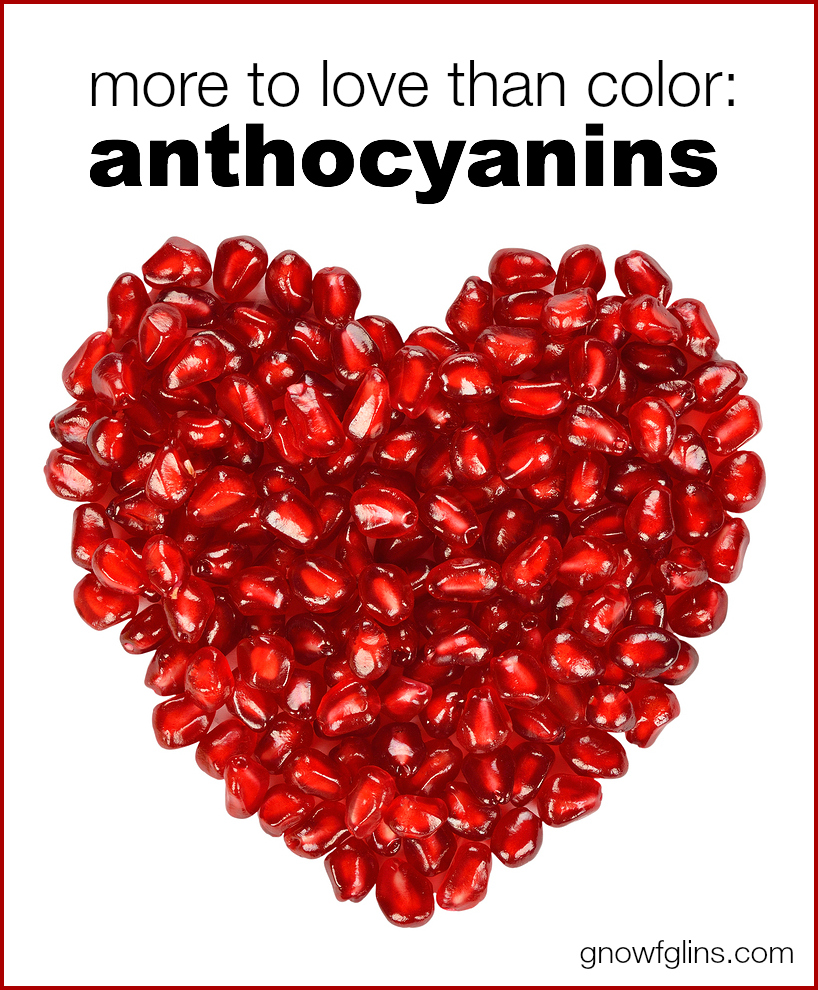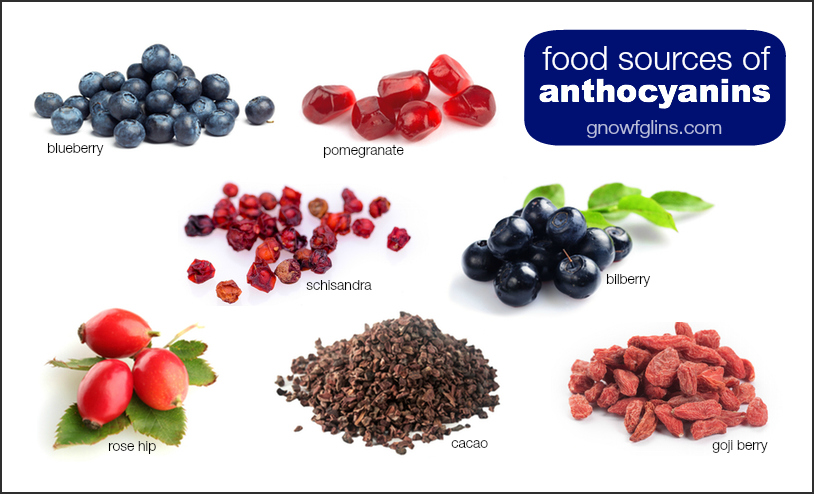
Colors — they are all around us, in our homes, on our clothes, even in the patterns on our dishes. We’ve been steeped in them as a people since the beginning of the world, but nowadays we’re so used to the neon pinks and flashy blues that I think we sometimes to fail to appreciate the natural color surrounding us. There’s nothing wrong with the colors of the modern-day world, but I want you to take a moment and forget about synthetic dyes…
Imagine yourself as a peasant farmer three thousand years ago, just coming out of a long winter. Brown is probably the predominant color: your clothing, your hut, and the fresh ground of the field waiting to be planted. Now imagine the beauty of spring, the lush green grass, the bright yellow dandelions, and the rich purple berries.
Those colors weren’t just created to please our eyes. Take fruit for example — red strawberries, dark red or purple raspberries, and the deep blue blueberries. Anthocyanins are responsible for these colors, and the purpose goes much deeper than mere (and miraculous) beauty.
What Are Anthocyanins?
Anthocyanins are a class of flavonoid compound. Their pigments make the red, blue, and purple colors we see in fruit, berries, flowers, and much of nature around us. They have long been studied for various aspects, but most importantly for their health benefits (see this as well).
Anthocyanins in History
Anthocyanins have been noted in folk medicine for years, linking their benefits to improving various maladies such as these:
- liver damage and malfunction (hibiscus)
- vision problems (bilberry)
- infections (bilberry)
- diarrhea (bilberry)
- night vision (black currant, bilberry)
Our findings indicate that anthocyanin-rich bilberry extract has a protective effect on visual function during retinal inflammation.
Anthocyanin Effects
More recent studies indicate that anthocyanins:
- protect from cardiovascular disease
- reduce cancer cell proliferation
- inhibit tumor formation
- reduce inflammation and enhance capillary strength
- possess anti-inflammatory activity
- enhance memory
- help reversal of age-related memory and motor functions
In a 2003 study, anthocyanins extracted from purple corn were given to mice along with a high-fat diet. The conclusion was that anthocyanins inhibited the increase of body weight and adipose tissue and that “anthocyanins as a functional food factor may have benefits for the prevention of obesity and diabetes.”
Foods Rich in Anthocyanins
So how can you get your variety of health-enhancing anthocyanins? Here are many foods rich in anthocyanins.
Hibiscus. Dried hibiscus flowers add a nice fruity flavor to any tea.
Raw cacao is yummy in everything from Crunchin’ Fudge Bars, Coconut Macaroons, and my personal favorite, Cinnamon and Chocolate Red Maca Smoothies.
Asparagus. My favorite recipe is Sauteed Asparagus with Fresh Tarragon and Lemon, also found in Healing Candida with Food.
Acerola cherry. Did you know acerola cherry contains 65 times more Vitamin C than found in oranges? It is easy for kids to take as chewable wafers.
Camu-camu. This is a little known fruit listed as #2 in plants with antidepressant properties.
Pomegranates, delicious fresh, as concentrate juice, or in a herbal brew. This yummy fruit is also high in magnesium.
Bilberry is one of the richest sources of anythocyanins. Use bilberry powder to color food, add it to smoothies and shakes, or take it in capsule form.
Cooking and preserving your own blueberries means you can have a Sneaky Green Smoothie!
Gogi berries, as a dried fruit, are great substitute for raisins in trail mixes or homemade granola.
Elderberries are great for your immune system. You can make homemade syrup or tinctures from the dried berries.
Mulberries are delicious when added to a Fruity Yogurt Parfait.
Chokecherries, contrary to popular belief, are edible! Here are some fantastic wild chokecherry recipes.
Raspberries, if we stop eating them long enough to freeze them, are delicious in an Apple-Raspberry Pie even during the winter months.
Strawberries are always favorite additions to smoothies like Strawberry Power Smoothie.
Schisandra are bright red berries known to increase concentration and mental clarity.
Rose hips are wonderful when added to your tea and homemade tinctures. Take them as capsules or powder if you aren’t a tea drinker.
Plums, always delicious fresh!
Chocolate Shakeology is a delicious and powerfully healthy nutritional shake that contains several anthocyanin rich foods: cacao, acerola cherry, camu-camu, pomegranate, bilberry, blueberry, goji berry, rose hips, and schisandra. A powerhouse all in one!
Do you love anthocyanins, too? What are your favorite ways to eat these colorful foods?
Sources
The Possible Health Benefits of Anthocyanin Pigments and Polyphenolics
Anthocyanins and Human Health: An In Vitro Investigative Approach
Anthocyanins as components of functional food for cardiovascular risk prevention
We only recommend products and services we wholeheartedly endorse. This post may contain special links through which we earn a small commission if you make a purchase (though your price is the same).



We love anything pomegranate and just planted some goji berry bushes this year. Also planted some mulberry trees but it will be a while before we have berries. At some point I hope to get some rose bushes in just for the hips.
Mmm… pomegranates!
Some of those foods were new to me. Thanks for the info, Paula!